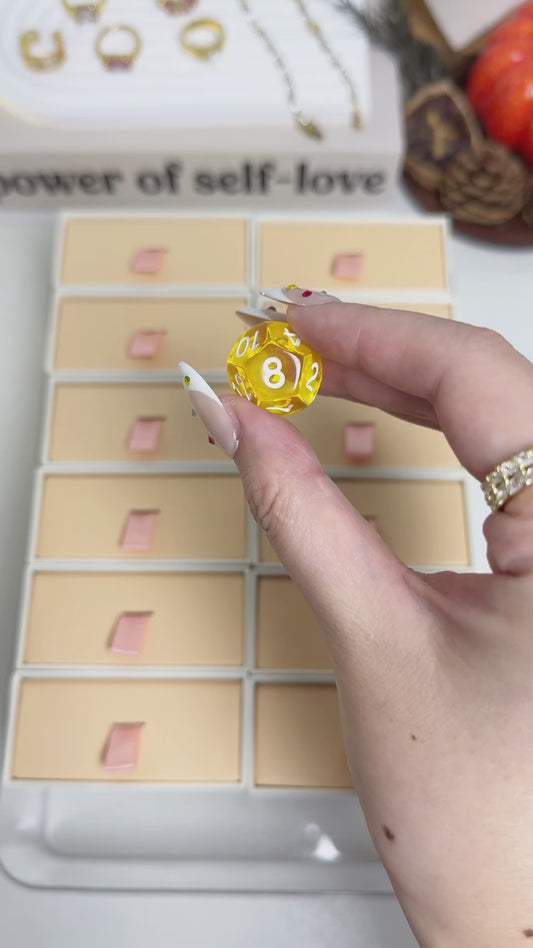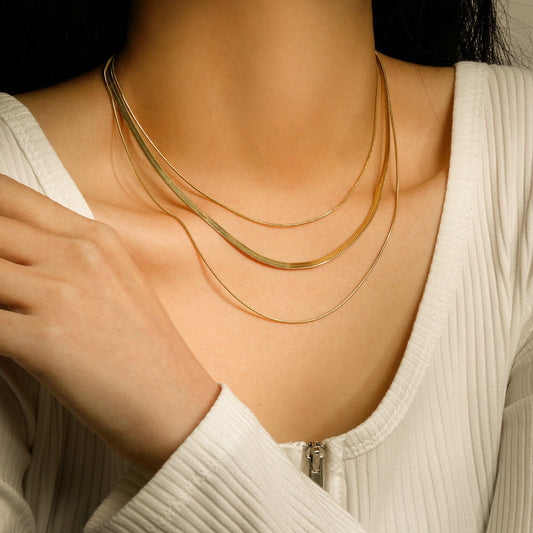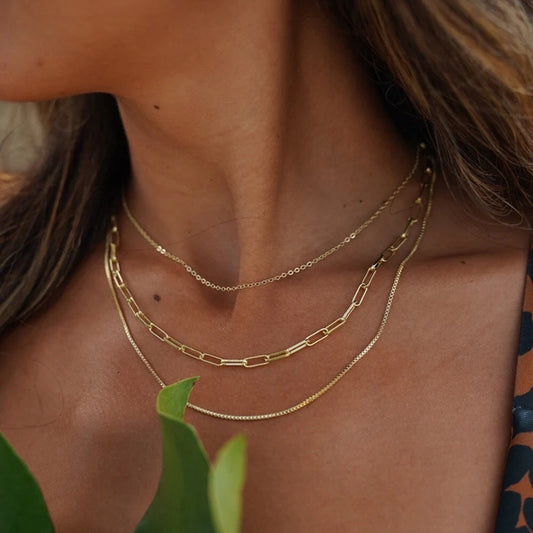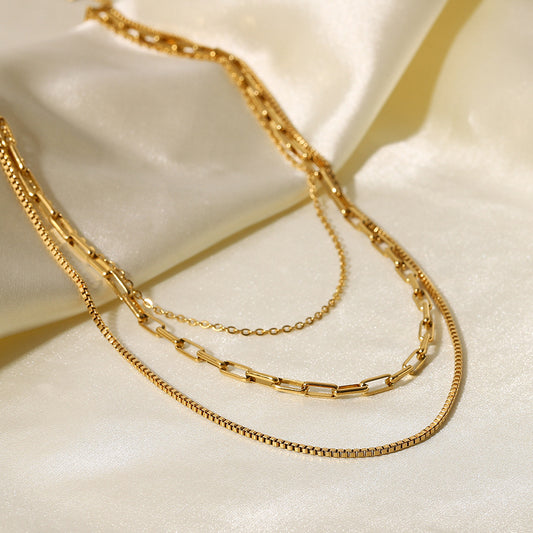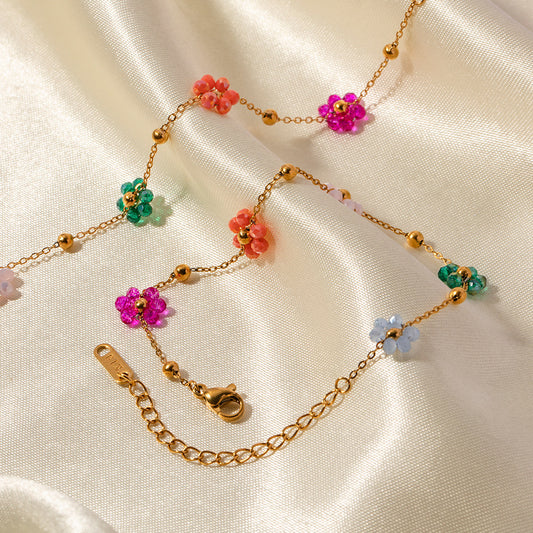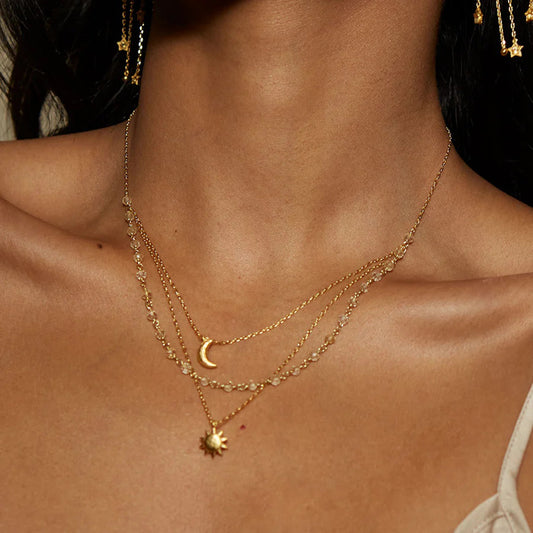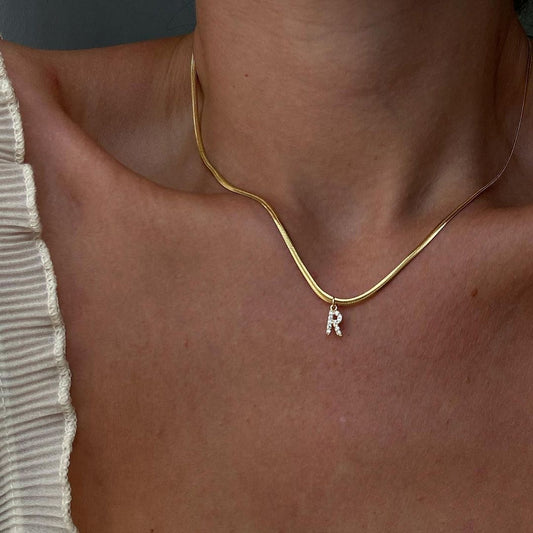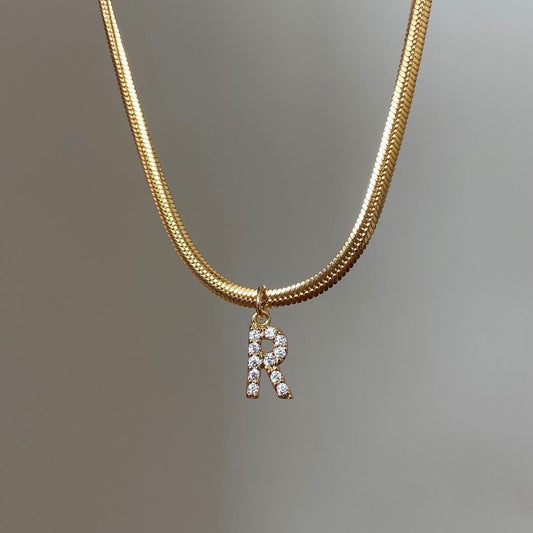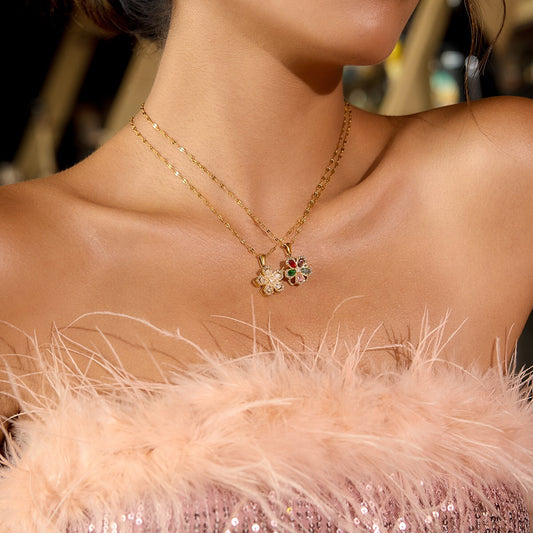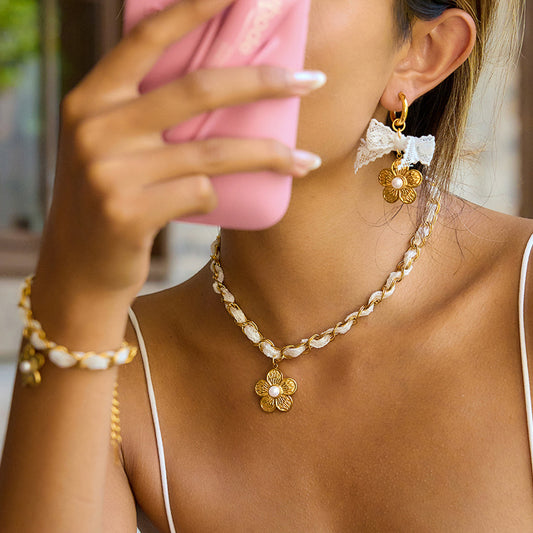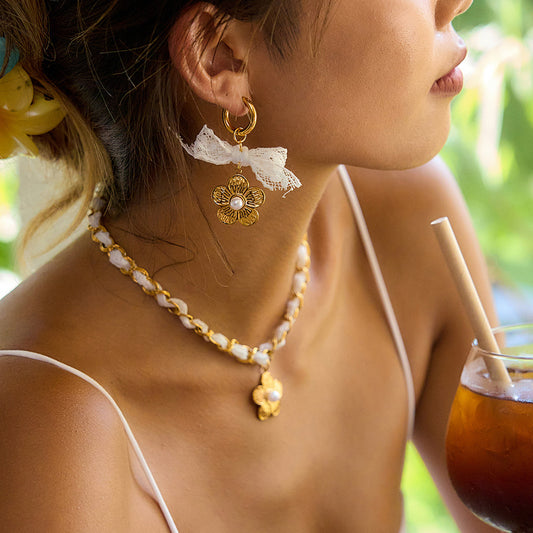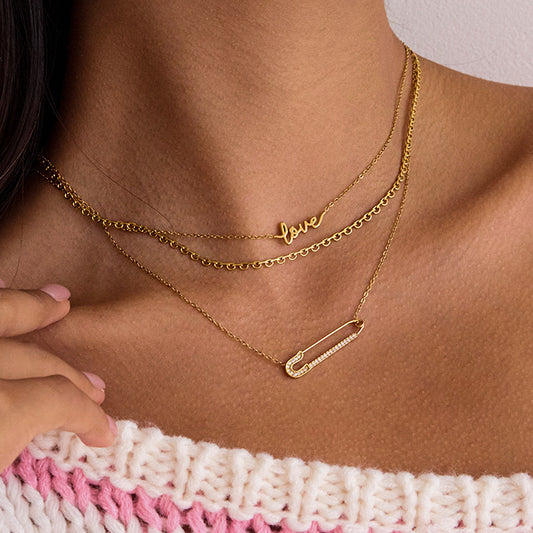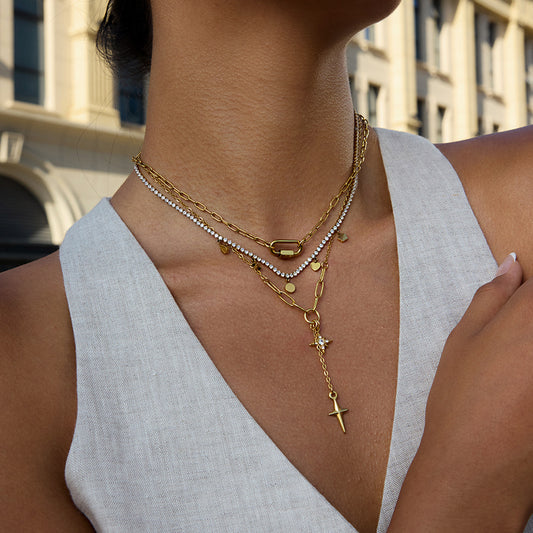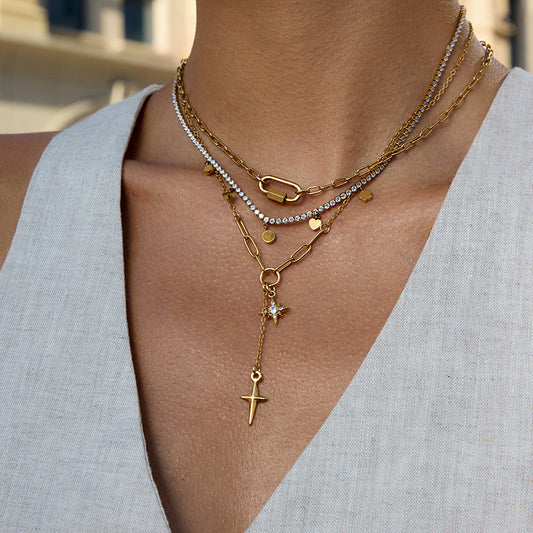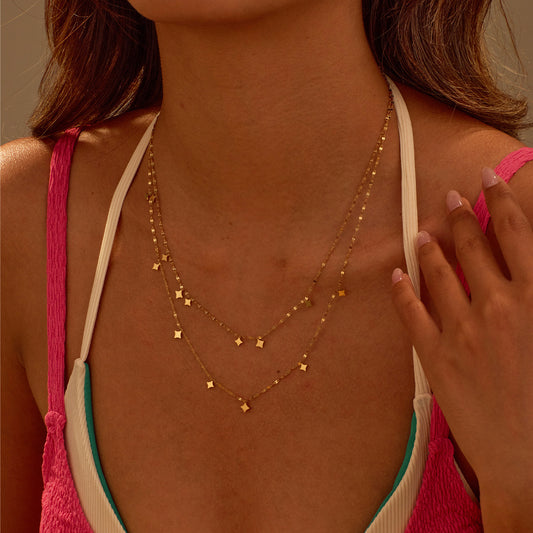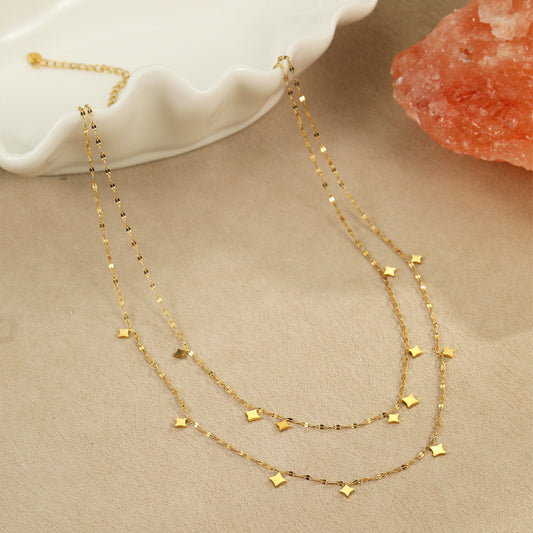White gold vs silver is one of the most common jewelry dilemmas, with searches for this comparison jumping 54% in the past year alone (Google Shopping Insights, 2024). The Global Silver Jewelry Market size was valued at $38.2 Billion in 2023 and it will grow $57.2 Billion at a CAGR of 4.6% by 2023 to 2032 - CMI. Both metals offer that coveted cool, silvery shine, but they differ drastically in durability, cost, care, and even style versatility. Whether you’re shopping for an engagement ring, everyday earrings, or a gift for a loved one, choosing between white gold and silver comes down to your lifestyle, budget, and long-term goals. This guide breaks down every key difference—from composition to care—to help you make a confident choice that fits your needs.

What Are White Gold and Silver, Exactly?
Before diving into comparisons, it’s essential to understand what each metal is made of—since their compositions directly impact how they look, feel, and hold up over time.
The Basics of White Gold
White gold isn’t a “natural” metal— it’s an alloy of pure gold mixed with white metals like nickel, palladium, or silver. Pure gold is yellow and too soft for jewelry, so the added metals boost durability while giving it that signature white hue. Most white gold jewelry is 14k (58.3% pure gold) or 18k (75% pure gold), with 14k being more common for everyday pieces. Nearly all white gold is also plated with rhodium—a rare, silvery metal—to enhance its shine and hide any subtle yellow undertones from the pure gold.
The Basics of Silver
Silver is a naturally occurring white metal, known for its bright, reflective shine. The silver used in jewelry is almost always sterling silver, which is 92.5% pure silver mixed with 7.5% copper (pure silver is too soft and prone to bending). This copper blend makes sterling silver durable enough for daily wear while keeping its classic silvery appearance. It’s also one of the most affordable precious metals, making it a go-to for trend-driven and budget-friendly jewelry.
White Gold vs Silver: Key Differences to Know
While white gold and silver look similar at first glance, their differences become clear when you examine them closely. Below are the factors that matter most when choosing between the two.
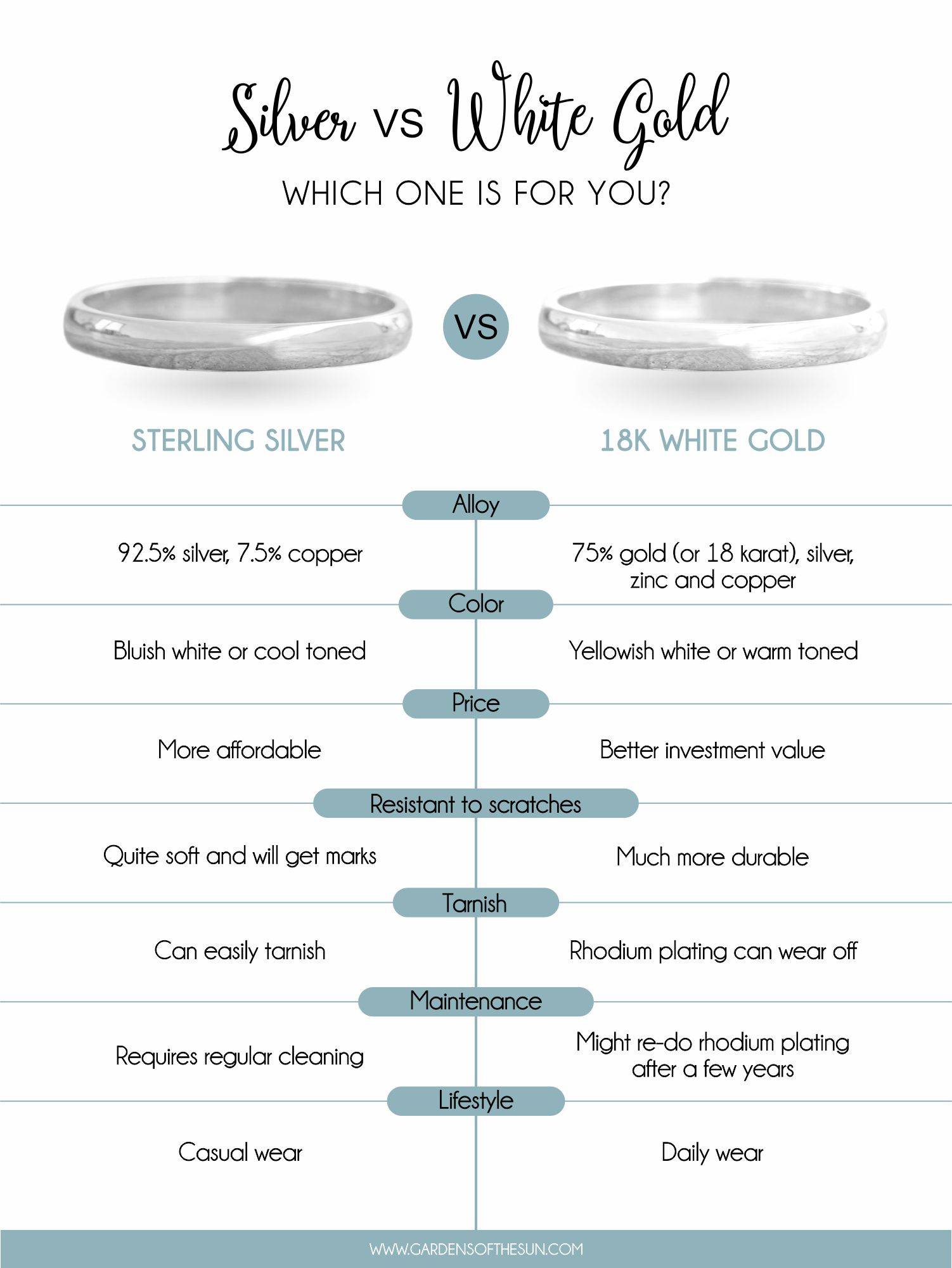
Appearance: Cool Shine vs. Warm Silver Glow
The biggest visual difference lies in their undertones. White gold (especially rhodium-plated) has a crisp, bright white shine with subtle cool undertones—similar to platinum. Over time, if the rhodium plating wears off, it may reveal a soft yellowish tint (easily fixed with re-plating). Silver, on the other hand, has a warmer, more muted silvery glow. It also develops a natural patina (a soft grayish tarnish) over time, which many wearers love for its vintage charm—though others prefer to polish it back to its original shine.
Durability: Which Holds Up Better?
When it comes to everyday wear, white gold is more durable than silver. The gold alloy (especially 14k) is harder and more scratch-resistant than sterling silver, which is relatively soft and prone to dents or bending. Silver also tarnishes when exposed to air, moisture, or chemicals (like perfume or lotion), while white gold’s rhodium plating protects it from tarnish—though the plating may wear thin after 1–2 years with frequent wear (requiring a $50–$100 re-plating). For pieces you’ll wear daily (like wedding bands or engagement rings), white gold is the sturdier choice; silver works best for occasional wear or trend pieces.
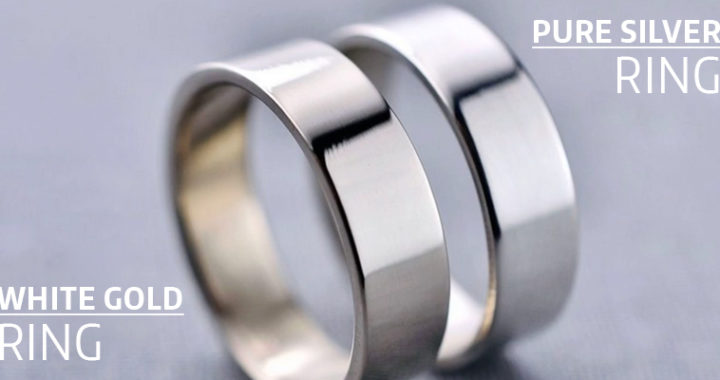
Cost: Budget-Friendly vs. Investment-Worthy
Cost is a major differentiator. Silver is significantly more affordable: a sterling silver necklace typically costs $20–$100, while a similar white gold piece (14k) ranges from $150–$500+. The price gap widens for larger pieces—an engagement ring setting in 14k white gold can cost $800–$2,000, while a sterling silver setting is $100–$300. This makes silver ideal for budget shoppers, trend followers, or those who like to switch up their jewelry often. White gold, meanwhile, is an investment piece that holds its value better over time (gold is a precious metal, while silver’s value is more volatile).
Skin Sensitivity: Which Is Gentler?
If you have sensitive skin, the metal’s composition matters. Some white gold alloys contain nickel, which can cause allergic reactions (redness, itching, or rashes) in 10–15% of people. Opt for nickel-free white gold (made with palladium instead) if you have sensitivities—though it’s slightly more expensive. Silver is generally hypoallergenic, but the copper in sterling silver can irritate extremely sensitive skin. If that’s the case, look for “fine silver” (99.9% pure) jewelry, though it’s less durable.
Popular Jewelry Styles for White Gold and Silver
Certain styles work better with one metal than the other, depending on the look you’re after and how often you’ll wear the piece.
White Gold: Best for Timeless, Daily Pieces
White gold shines in pieces designed for long-term wear:
Engagement/Wedding Rings: Its durability and platinum-like appearance make it a top choice for bridal jewelry—paired with diamonds, it makes the stones look brighter.Everyday Necklaces/Earrings: A 14k white gold pendant or stud earrings hold up to daily activity without tarnishing.Luxury Bracelets: Brands like Tiffany & Co. use white gold for iconic pieces (like the Tennis Bracelet) for its sleek, high-end look.
Silver: Best for Trendy, Occasional, or Vintage Pieces
Silver’s affordability and warm glow make it perfect for:
Trendy Jewelry: Layered necklaces, hoop earrings, or charm bracelets that follow seasonal trends (you won’t regret spending less if the trend fades).Vintage-Inspired Pieces: Silver’s patina enhances vintage designs, like Art Deco rings or bohemian cuffs.Gifts for Teens/Young Adults: Affordable yet stylish options (like silver birthstone earrings) that fit a student budget.Statement Pieces: Large silver cuffs or bold necklaces that make an impact without costing a fortune.

How to Care for White Gold vs Silver Jewelry
Proper care ensures both metals stay looking their best—but their needs are different.
Caring for White Gold Jewelry
-
Cleaning: Mix mild dish soap with warm water, soak for 10 minutes, then gently scrub with a soft brush. Rinse and dry with a microfiber cloth.
-
Re-Plating: Have rhodium plating touched up every 1–2 years (or when you notice yellow undertones) by a jeweler.
-
Storage: Keep in a jewelry box away from hard metals to avoid scratching the plating.
Caring for Silver Jewelry
-
Cleaning: Use a silver polish cloth for light tarnish, or a paste of baking soda and water for heavier tarnish (avoid abrasive cleaners). For delicate pieces, soak in a silver cleaning solution (follow the instructions!).
-
Preventing Tarnish: Remove silver before showering, swimming, or applying lotion. Store in an airtight bag or anti-tarnish jewelry box to slow oxidation.
-
Polishing: Polish every 1–2 months if you prefer a bright shine, or let the patina develop for a vintage look.
White Gold vs Silver: Which Should You Choose?
The answer depends on your lifestyle, budget, and priorities. Use this quick guide to decide:
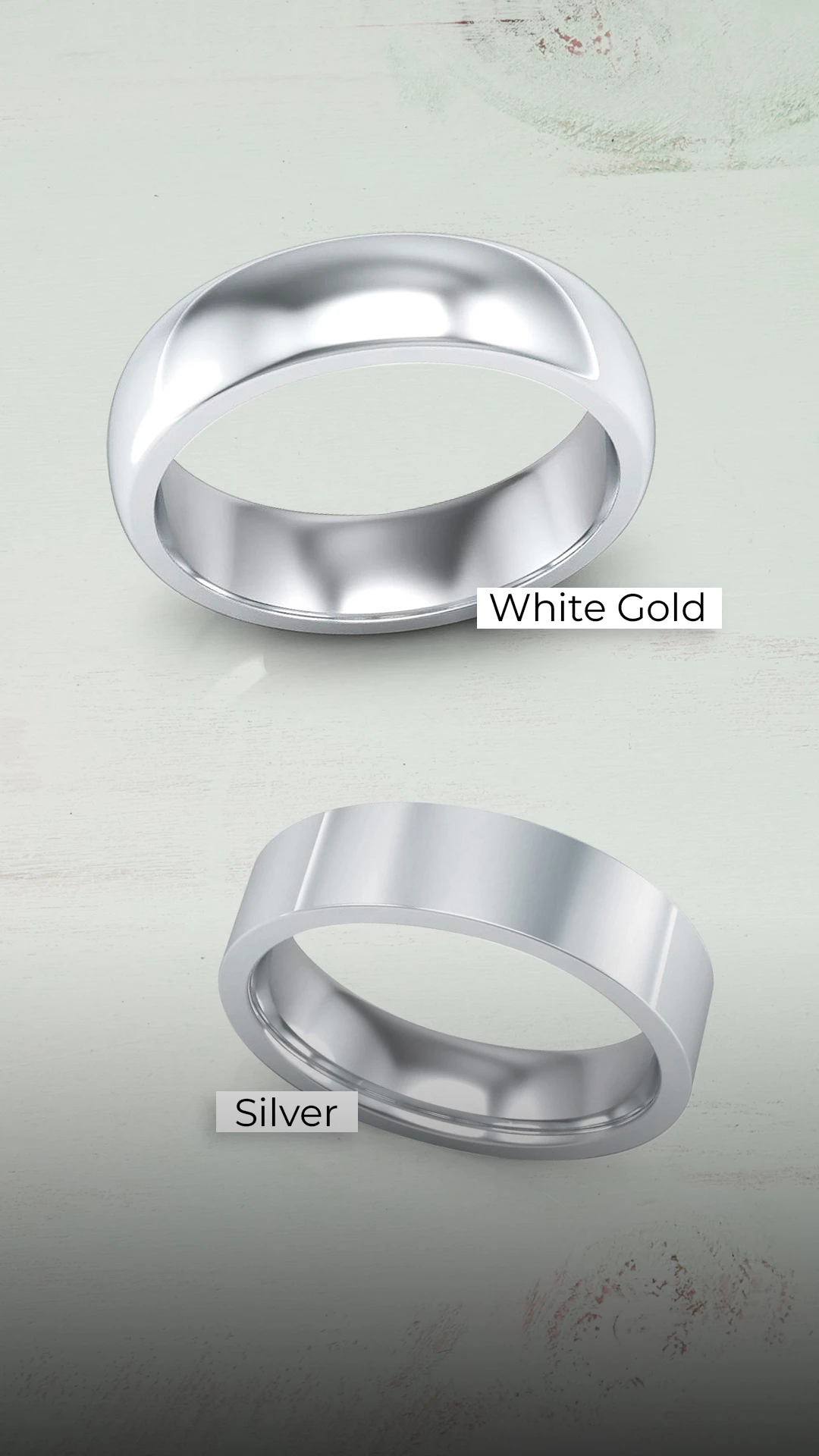
Choose White Gold If…
-
You want a durable piece for daily wear (like a wedding band or engagement ring).
-
You prefer a crisp, cool white shine that won’t tarnish (with regular re-plating).
-
You’re looking for an investment piece that holds its value.
-
You want jewelry that pairs seamlessly with diamonds (white gold makes them pop).
Choose Silver If…
-
You’re on a budget or love switching up your jewelry often.
-
You prefer a warm, vintage-inspired glow (or don’t mind polishing to keep it bright).
-
You’re buying trend-driven pieces (like layered necklaces or statement hoops).
-
You have sensitive skin (silver is less likely to cause reactions than nickel-containing white gold).
White Gold vs Silver: Final Thoughts
There’s no “winner” in the white gold vs silver debate—only what’s right for you. White gold offers durability and timeless luxury, perfect for pieces you’ll cherish for decades. Silver delivers affordability and versatility, ideal for trends, gifts, or vintage-inspired styles. Many jewelry lovers own both: a white gold engagement ring for daily wear, and a collection of silver necklaces and earrings for mixing and matching.
Ready to shop? Head to a local jeweler to see both metals in person—holding them next to your skin will help you decide which shine you prefer. If you’re still on the fence, share your needs (e.g., “engagement ring on a $1,000 budget” or “everyday earrings for sensitive skin”) in the comments below, and we’ll help you narrow it down. And don’t forget to tag us in your new jewelry—we can’t wait to see your choice!




